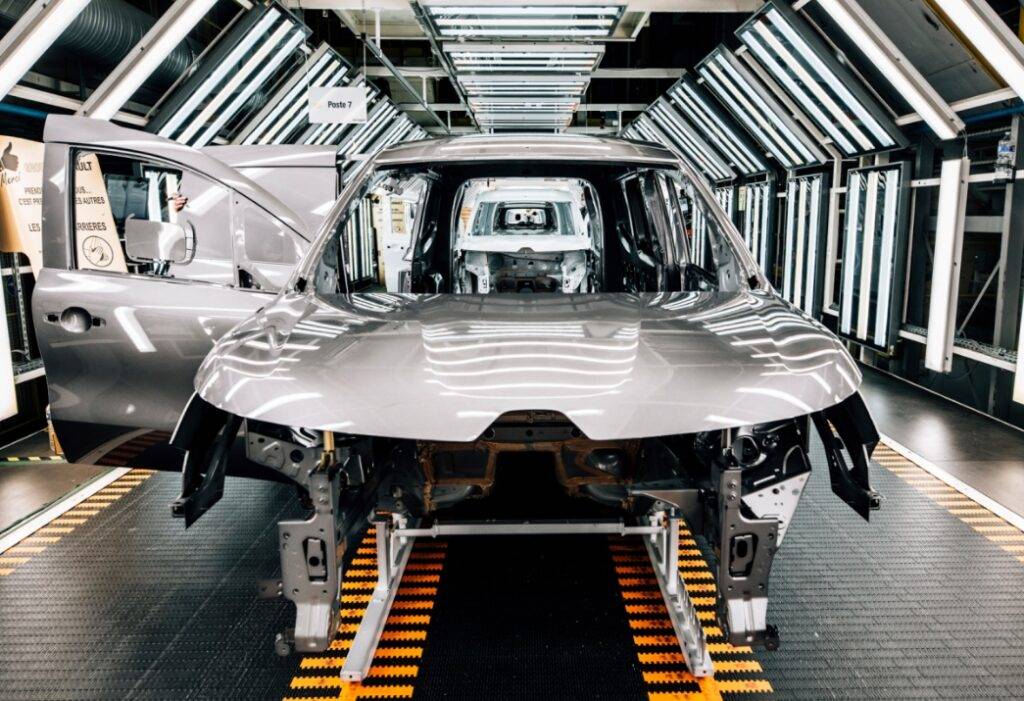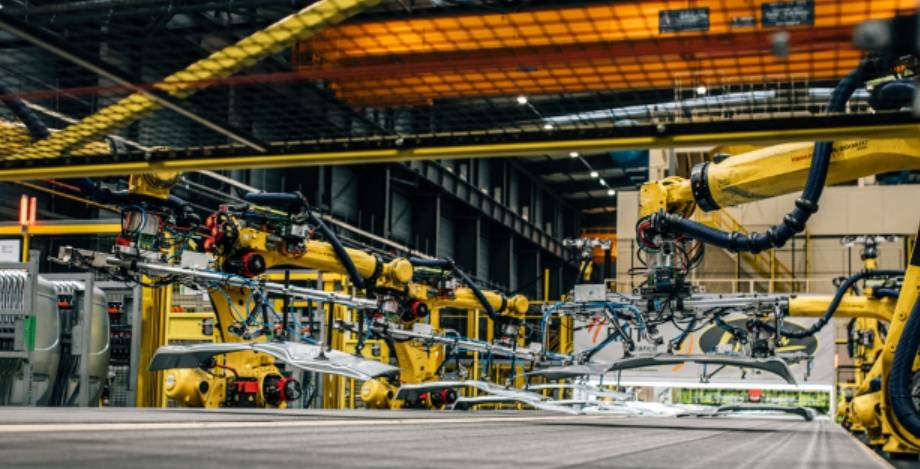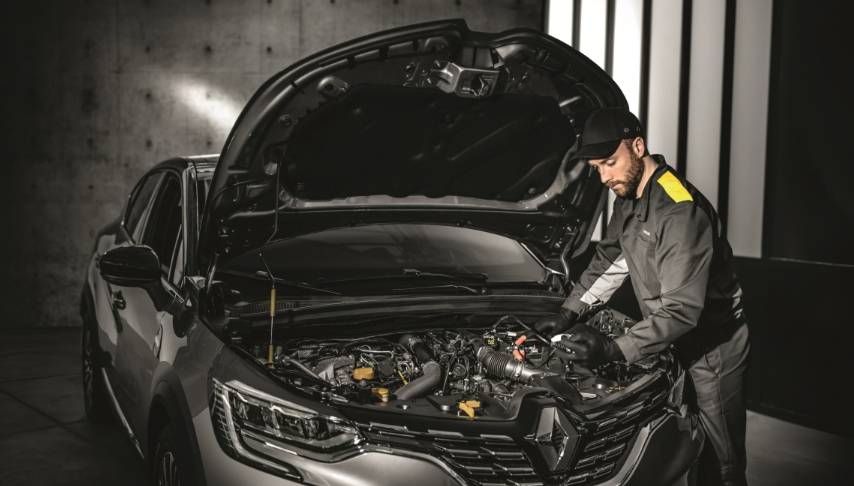
Over the years, it will also be necessary to give a new life to the materials used in its manufacturing process. The industry is already investigating the recycling of electrics with projects such as the Renault Refactory centers.
The circular economy, the one by which it is intended to transform the production model to make it more sustainable and respectful of the environment, is based on three pillars: reconditioning, reuse and recycling. Precisely this last point, that of recycling, is one of those that most closely affects the automotive sector. Electric ones have a longer life due to less wear on their components. However, over the years, it will also be necessary to give a new life to the materials used during its manufacture, especially its engines.
The first step taken when recycling a vehicle is to take it to an Authorized Treatment Center, or CAT, which has professionals and adequate facilities to carry out this procedure in a sustainable manner. Broadly speaking, the process of recycling a vehicle in the CAT goes through three stages:
- Decontamination. At this point the car is emptied of all substances that may be harmful to the environment. We are talking about fluids such as oils, antifreeze or brake fluid and other gases. Waste is stored in containers to be managed by authorized companies.
- Exploded. In the next step, the technicians remove all the parts that can either be reused in other vehicles or destined for the second-hand buying and selling market. We can come across all kinds of parts (from engines to headlights) that a technician will be in charge of determining if they can be reused.
- Fragmentation and pressing. The remaining structure goes through a shredder, which is capable of crushing and separating different materials. What is not going to be used is taken to a compactor, which is responsible for packaging the excess material in the form of a cube.

Due to its nature, the recycling of an electric car has some peculiarities. The main one is related to the engine. The two most common types are: externally driven, which use a large amount of copper; and those of permanent magnets, in whose composition are rare earths such as neodymium, dysprosium or gadolinium. The former can be recycled more easily than the latter.
Externally excited engines have up to four times more copper than a heat engine (between 15 and 30 kilos), as explained by . The good news is that copper can be easily recycled.
Permanent magnet motors add an additional challenge, since the recycling of their components is carried out by recovering the materials at high temperatures. Manufacturers like the French do not use permanent magnet technology to eliminate reliance on rare earths.
In fact, the brand has already put two centers into operation to meet the challenges faced by mobility in general, and electricity in particular. Known as, these plants are investigating the optimization of resources, the reduction in the consumption of raw materials and the use of waste.

With a warehouse in the French city of Flins, in operation since 2020, and another in Seville (since 2021), the Refactory is divided into four areas:
- Re-Trofit, whose objective is to extend the useful life of vehicles;
- Re-Energy, which aims to provide innovation to repair electric batteries while investigating how to extend its useful life;
- Re-Cycle, which pursues the efficient management of resources and the supply flow of parts and materials with the aim of increasing the share of recycled or reused materials, with special emphasis on batteries;
- Re-Start, a work area that investigates new solutions for the circular economy.
The objectives of both centers are ambitious. The plant in the Seville capital, for example, intends to recondition 10,000 vehicles a year and a thousand batteries a year by 2025. From the manufacturer they recognize that “in this way, we manage to extend the mileage of the units delivered to the maximum, allowing them to have several lives : as a new vehicle, used purchase or carsharing”.
In short, recycling is an essential step for the circular economy to be fully integrated into the mobility sector. A process in which manufacturers are committed to research, development and innovation so that the industry is increasingly sustainable and the roads more respectful of the environment. If you want to know more about the electrical ecosystem, you can enter.
